![]()
![]()
![]()
Use LEFT and RIGHT arrow keys to navigate between flashcards;
Use UP and DOWN arrow keys to flip the card;
H to show hint;
A reads text to speech;
46 Cards in this Set
- Front
- Back
|
Which medium is Martin Schongauer most known for? |
Engraving/printmaking (graphic arts)
|
|
|
Who was the audience for Dürer’s Engraved Passion?
|
The intellectual art lover (created as a collector's item) |
|
|
Where and for whom was the Feast of the Rose Garden created?
|
The altar of the fraternity of German merchants in the Fondaco dei Tedeschi, Venice |
|
|
What did Martin Luther post on the blackboard at WittenbergUniversity?
|
His 95 theses |
|
|
Which artist was most influenced by witchcraft?
|
Hans Baldung Grien |
|
|
Who was Holbein’s first patron in England?
|
Thomas More |
|
|
What did Christina of Denmark say about a possible marriageto Henry VIII?
|
if she had two heads, she wouldgladly put one at the disposal of the King of England
|
|
|
How did Bosch learn about alchemy?
|
From his in-laws |
|
|
Which museum houses many of Bosch’s works?
|
The Prado in Madrid |
|
|
What is a moralizing genre scene?
|
An everyday scene with objects to give a side meaning |
|
|
Name one female patron from the 15th centurycourts.
|
Margaret of Austria |
|
|
Who was the chief court painter for the Habsburgs in Brussels and Mechelen? |
Bernard van Orley |
|
|
Who is often called “the second Bosch?”
|
Pieter Brugel the Elder |
|
|
How was Bruegel affected by Italian art?
|
He didn't sketch the antiquities like most artists before him, but many of the landscapes |
|
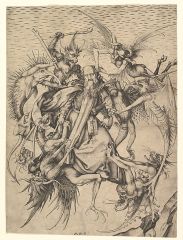
|
Artist:Martin Schongauer Title: Temptations of Saint Anthony PoO: Colmar Significance: Dürer and Michelangelo were inspired bythis print. |
|
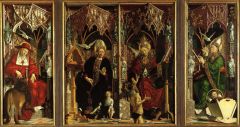
|
Artist: Michael Pacher Title: Jerome, Augustine, Gregory, and Ambrose from the Altarpiece of the Church Fathers Medium: Oil on Panel Date: 1483-84 Significance: The panels have a remarkable architectonic appearance, indicating the original frame must have been elaborate |
|
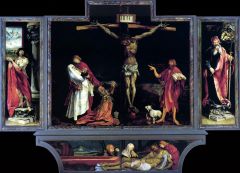
|
Artist: Mathis Gothart Neithart Title: Isenheim Altarpiece (closed position) PoO: Isenheim Medium: Oil on Panel Date: 1515 Significance: Placed in the hospital chapel of the church for patients with skin diseases to look at |
|

|
Artist: Albrecht Dürer Title: Saint Jerome in His Study from the Letters of Saint Jerome PoO: Basel Medium: Woodcut Date: 1492 Significance: This was a frontispiece for the Letters of St. Jerome. |
|

|
Artist: Albrecht Dürer |
|
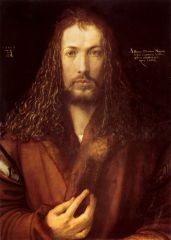
|
Artist: Albrecht Dürer
Title: Self Portrait PoO: Nuremberg Medium: Oil on Panel Date: 1500 Significance: He paints himself as the artist as Christ. |
|

|
Artist: Albrecht Dürer |
|
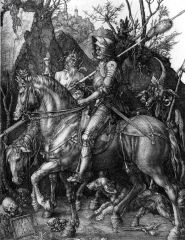
|
Artist: Albrecht Dürer |
|
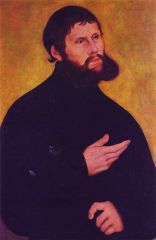
|
Artist: Lucas Cranach the Elder Title: Martin Luther as Junker Jörg PoO: Wittenberg Medium: Oil on panel Date: 1521 Significance: When Luther returned to Wittenberg he took on the guise of Junker Jörg. |
|
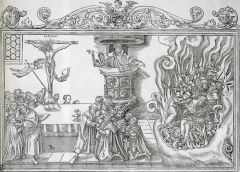
|
Artist: Lucas Cranach the Younger
Title: Luther Preaching with the Pope in the Jaws of Hell PoO: Wittenberg Medium: Woodcut, panel Date: 1550 Significance: It was printed cheaply and passed to the masses as a form of propaganda. |
|
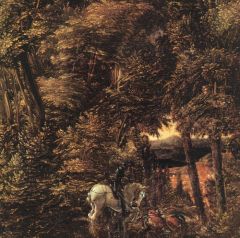
|
Artist: Albrecht Altdorfer |
|
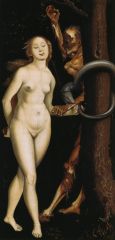
|
Artist: Hans Baldung Grien |
|
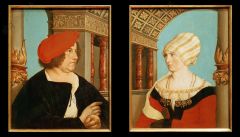
|
Artist: Hans Holbein the Younger |
|

|
Artist: Hans Holbein the Younger |
|

|
Artist: Hans Holbein the Younger |
|
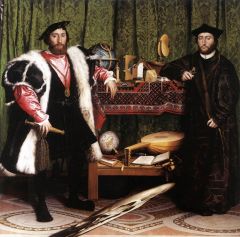
|
Artist: Hans Holbein the Younger |
|
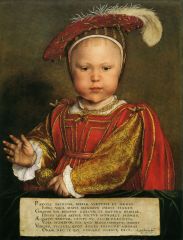
|
Artist: Hans Holbein the Younger |
|

|
Artist: Hieronymus Bosch |
|
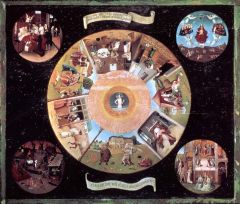
|
Artist: Hieronymus Bosch |
|
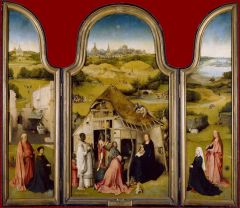
|
Artist: Hieronymus Bosch |
|
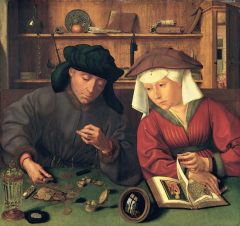
|
Artist: Quentin Massys |
|
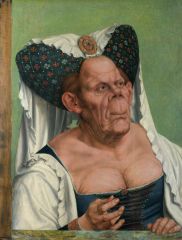
|
Artist: Quentin Massys |
|

|
Artist: Joachim Patinir |
|
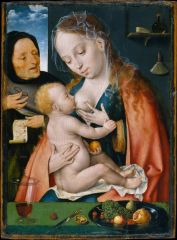
|
Artist: Joos van Cleve |
|
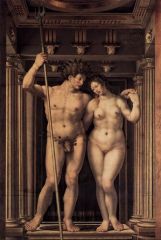
|
Artist: Jan Gossaert |
|
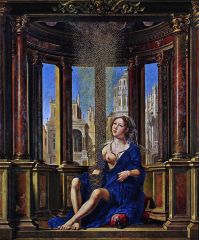
|
Artist: Jan Gossaert |
|
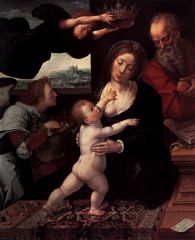
|
Artist: Bernard van Orley |
|

|
Artist: Bernard van Orley |
|
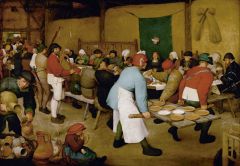
|
Artist: Pieter Bruegel the Elder |
|
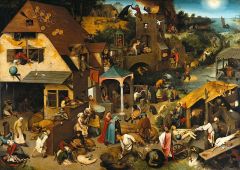
|
Artist: Pieter Bruegel the Elder |
|
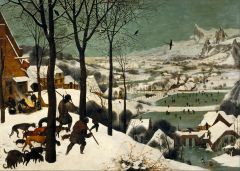
|
Artist: Pieter Bruegel the Elder |
|
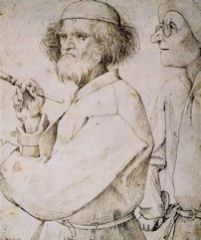
|
Artist: Pieter Bruegel the Elder |

